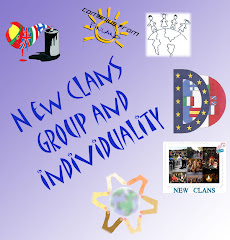FACTS ABOUT FINLAND
- Population: 5.3 million, 15.7 inhabitants per km2 (40.2 per square mile)
- Life expectancy: Men 76 years, women 83 years
- Languages: Official languages are Finnish (spoken by 91%) and Swedish (5.4%). Sámi is the mother tongue of about 1,700 people, members of the indigenous Sámi people of northern Lapland
- Religion: 80.7% Lutheran and about 1.1% Orthodox. In practice society is fairly secularized
State & Government
- Independence: Declared on December 6, 1917. Previously a grand duchy in the Russian empire for 108 years, and a part of Sweden for 600 years before that
- Form of government: Parliamentary democracy
- Parliament: 200 members in one chamber, elected every 4 years in a direct vote
- Cabinet: Multiparty coalition cabinet. The current Cabinet is run by Prime Minister Mari Kiviniemi
- Head of State: President of the Republic, elected every 6 years, two-term maximum. Currently Ms Tarja Halonen, first elected in 2000
- International cooperation: Member of United Nations since 1955 and European Union since 1995
Geography & Climate
- Area: 338,424 km² (131,985 square miles), the fifth-largest country in Western Europe
- Greatest length from north to south: 1,160 km (720 miles)
- Greatest width rom east to west: 540 km (335 mi)
- Capital: Helsinki (1.25 million inhabitants in metropolitan area)
- Climate: Great contrasts – cold winters and fairly warm summers
Society & Economy
- Key features: High standard of education, social security and healthcare, all financed by the state
- GDP per capita: 34,769 euros
- Main exports: Electrotechnical goods, metal products, machinery, transport equipment, wood and paper products, chemicals
- Main imports: Raw materials, investment goods, energy, consumer goods (for example cars and textiles)
- Currency unit: Euro
Finnish forest habitat consists mainly of forests, drained swamps and lakes, as well as people's farming areas and urban nature. Different types of forest exploitation in protected areas tlands. These, as well as many production forests within areas used for relaxing with your family.










No comments:
Post a Comment